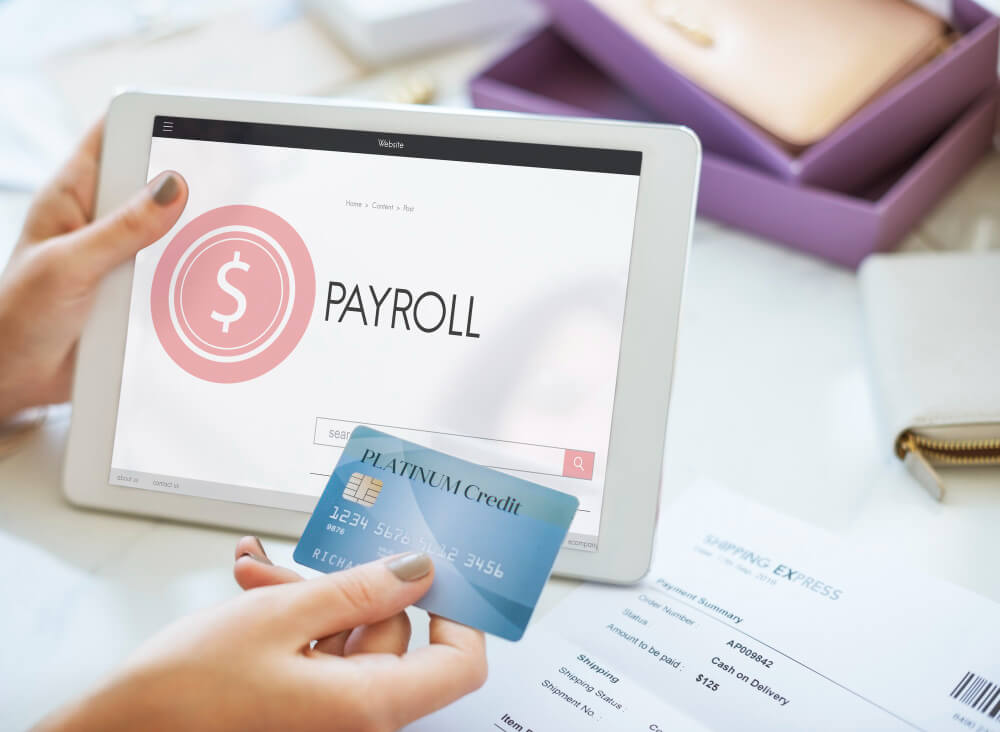The Pros and Cons of Catalogues for People with Poor Credit

Many people with poor credit often find themselves exploring alternative ways to manage their finances and access the products they need.
Catalogues offer a unique solution, but they also come with their own set of questions and concerns:
- Are catalogues a good option if I have bad credit?
- Will using catalogues help improve my credit score?
- What are the risks involved in using catalogues?
- How can I use catalogues responsibly to avoid debt?
This comprehensive guide aims to answer these questions and more, providing you with a clear understanding of the pros and cons of using catalogues for those with poor credit.
What Are Catalogues?
Catalogues allow customers to purchase items on credit and pay for them in instalments over time.
This can be a useful financial tool, especially for those who have difficulty accessing traditional credit options due to a poor credit score.
Here’s a closer look at how catalogues work and why they can be appealing:
Accessible Credit: Unlike traditional credit cards or loans, catalogues often have more lenient approval criteria, making it easier for individuals with poor credit to get approved. This accessibility can be a lifeline for those who need to purchase essential items but lack the immediate funds.
Instalment Payments: Catalogues typically offer a range of payment plans, allowing customers to spread the cost of their purchases over several months. This can make budgeting easier and prevent the need for a large upfront payment.
Product Variety: Many catalogues offer a wide variety of products, from clothing and electronics to furniture and home appliances. This makes them a convenient one-stop-shop for many household needs.
Pros of Using Catalogues
Using catalogues can have several benefits, especially for those with poor credit.
Here are some of the key advantages:
- Accessible Credit: As mentioned earlier, catalogues are often more willing to extend credit to individuals with poor credit histories. This can provide a valuable opportunity to access necessary items when other credit options are not available.
- Instalment Payments: The ability to spread payments over time can make large purchases more manageable. Instead of paying a lump sum, you can pay smaller, more affordable amounts each month.
- Credit Building: Regular, on-time payments can help improve your credit score over time. By demonstrating responsible credit use, you can show creditors that you are capable of managing credit, which may lead to better credit opportunities in the future.
- Variety and Convenience: Catalogues often offer a wide range of products, allowing you to shop for multiple items in one place. This convenience can save time and effort compared to shopping at multiple stores.
- Promotional Offers: Many catalogues offer promotional deals, such as interest-free periods or discounts on certain items. These offers can provide additional savings if used wisely.
Example: Sarah, a single mom with a poor credit score, needed a new washing machine. Traditional credit options weren’t available to her, but she found a catalogue that approved her application. By making regular, on-time payments, Sarah not only got the appliance she needed but also saw a gradual improvement in her credit score.
Cons of Using Catalogues
While catalogues offer several benefits, they also come with potential downsides.
It’s important to be aware of these risks to make informed decisions:
- High-Interest Rates: Catalogues often come with higher interest rates compared to traditional credit options. This can significantly increase the overall cost of the items you purchase, especially if you don’t pay off the balance quickly.
- Potential Debt Trap: If not managed properly, catalogue purchases can lead to a cycle of debt. It’s easy to overspend when the cost is spread out over time, but failing to keep up with payments can result in mounting debt and additional fees.
- Impact on Credit Score: Missing payments or carrying a high balance can negatively affect your credit score. This can undo any progress you’ve made and make it more difficult to access credit in the future.
- Limited Payment Flexibility: Some catalogues may have strict payment terms, making it difficult to adjust your payment schedule if your financial situation changes.
- Temptation to Overspend: The convenience of buying now and paying later can lead to impulsive spending. It’s important to set a budget and stick to it to avoid accumulating unnecessary debt.
Example: John, who had recently lost his job, used a catalogue to buy new furniture. Unfortunately, he struggled to keep up with the payments, leading to additional fees and further damage to his credit score.

Tips for Using Catalogues Wisely
To make the most of catalogue shopping while minimising risks, consider the following tips:
- Set a Budget: Determine how much you can afford to spend each month on catalogue purchases. Stick to this budget to avoid overspending and accumulating debt.
- Make Timely Payments: Ensure you make payments on or before the due date to avoid extra fees and negative impacts on your credit score. Setting up automatic payments or reminders can help you stay on track.
- Read the Fine Print: Understand the interest rates, fees, and terms of the agreement before committing to a purchase. This can help you avoid unexpected costs and make informed decisions.
- Prioritise Essential Purchases: Use catalogues for necessary items rather than luxury or non-essential purchases. This can help you manage your budget more effectively and avoid unnecessary debt.
- Monitor Your Credit Score: Keep an eye on your credit score to track your progress and ensure that your catalogue use is having a positive impact. This can also help you catch any errors or issues that may arise.
Real-Life Stories: Learning from Others
Hearing about others’ experiences can provide valuable insights and help you make more informed decisions.
Here are a few stories from people who have used catalogues to manage their finances:
Maria’s Story: Maria needed a new laptop for her online courses but couldn’t afford to pay for it upfront. She found a catalogue that approved her despite her poor credit score. By setting up automatic payments and sticking to her budget, Maria was able to pay off the laptop within a year. Her responsible use of the catalogue helped improve her credit score, allowing her to qualify for better credit options in the future.
James’ Story: James used a catalogue to buy new appliances for his home. He initially kept up with the payments but eventually fell behind due to unexpected medical expenses. The high-interest rates and late fees quickly added up, leading to a significant amount of debt. James learned the importance of understanding the terms and only using catalogues for essential purchases.
Conclusion
Using catalogues can be a viable option for people with poor credit, offering both benefits and risks.
By understanding the pros and cons and using catalogues wisely, you can make informed decisions that support your financial health.
Regularly update this guide to reflect any changes in interest rates, new tips for managing payments, or personal stories from readers.
This keeps the content fresh and relevant, encouraging ongoing engagement and improving your site’s SEO performance.
FAQs
What are the benefits of using a bad credit catalogue?
Bad credit catalogues offer several advantages for individuals with poor credit:
- Credit Building: They provide an opportunity to build or repair credit scores by making timely payments.
- Lenient Credit Checks: These catalogues are often more lenient in their credit checks compared to traditional lenders, making it easier for individuals with poor credit to get approved.
- Flexible Payment Plans: Customers can purchase items on a payment plan, spreading the cost over time instead of paying the full amount upfront.
- Discounts and Promotions: Many catalogues offer discounts and promotions, which can help save money on purchases.
What are the drawbacks of using a bad credit catalogue?
Despite the benefits, there are several disadvantages to consider:
- High-Interest Rates: If payments are not made within the interest-free period, high-interest rates can quickly accumulate, making the items significantly more expensive.
- Fees for Late Payments: Late or missed payments can incur additional fees, adding to the overall cost.
- Limited Product Range: Some catalogues restrict the types of items that can be purchased, often limiting choices to lower-cost goods like electronics and furniture.
- No Returns or Exchanges: Many catalogues do not accept returns or exchanges, so buyers need to be certain about their purchases.
How does using a bad credit catalogue impact my credit score?
Using a bad credit catalogue can positively impact your credit score if you make payments on time and in full.
Regular, timely payments can help build a positive payment history, which is crucial for improving credit scores.
However, missed or late payments can negatively affect your credit score and may lead to additional financial penalties.
Are there any misconceptions about bad credit catalogues?
Yes, there are several common misconceptions:
- Reporting to Credit Bureaus: Many people believe that purchases made through bad credit catalogues are reported to credit bureaus, but this is not always the case.
- Quality of Goods: It is often assumed that these catalogues only offer used or overpriced items, but many provide new merchandise at competitive prices.
- Customer Service: Contrary to belief, many bad credit catalogues offer good customer service and support.
What should I consider before using a bad credit catalogue?
Before using a bad credit catalogue, consider the following:
- Interest Rates and Fees: Be aware of the interest rates and any additional fees that may apply if you miss payments.
- Payment Discipline: Ensure you have the discipline to make payments on time to avoid high-interest costs and potential damage to your credit score.
- Product Necessity: Evaluate whether you truly need the item and if it is worth taking on debt to purchase it.
- Terms and Conditions: Read and understand all terms and conditions, including return policies and any restrictions on the types of items you can purchase
Comments are closed.